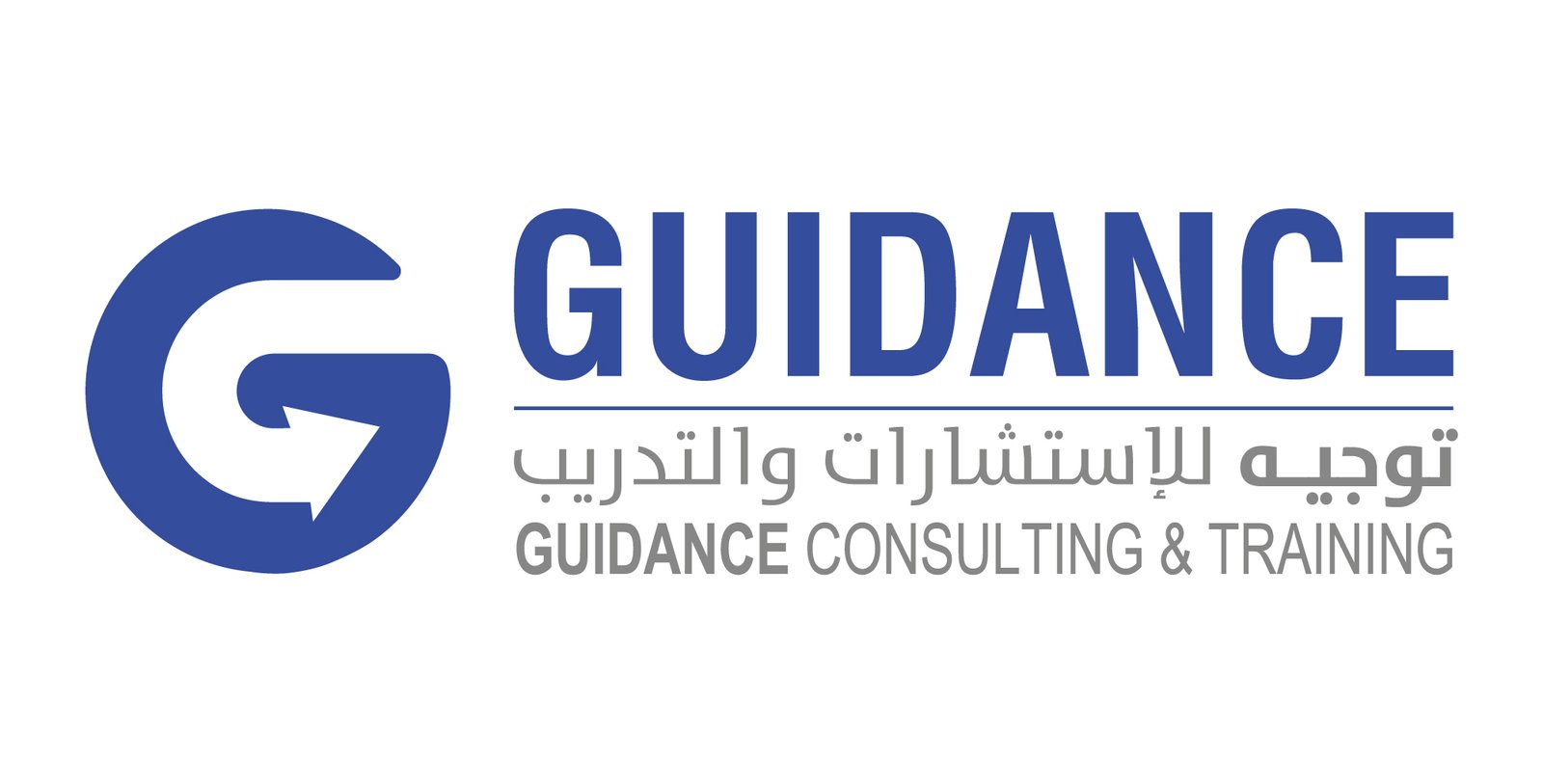Integrated Management System
The Integrated Management System is an administrative system applied at the level of the entire organization to achieve integration and solidarity of the specifications in force within the company with the least possible effort and to facilitate the application of these specifications to prevent duplication of work.
The Integrated Management System is applied to specifications that follow the HLS (High-Level Structure) approved by ISO for specifications issued from 2015 onwards. Ten main items have been unified and followed by all specifications, characterized by the high-level structure with differences in the sub-items required by each specification separately.
Also, one of the most important features of institutions that apply the Integrated Management System is the ability to implement third-party auditing or grant auditing through grant companies for all specifications in force within the facility in one audit, investing time and effort and preserving the institution’s resources.
The integrated management system consists of one or all of the following specifications:
- Quality Management System ISO 9001 (commitment to all comprehensive quality standards required for customer service, production in general, and development.)
- Environmental Management System ISO 14001 (represents maintaining the environmental safety standards of the organization).
- Occupational Health and Safety Management System ISO 45001:2018 (responsible for the occupational safety standards of the organization’s workers and the products it provides).
- Food Safety Management System ISO 22000:2018 (responsible for providing safety standards for food produced in the organization).
- Energy Management System ISO 50001 (determine the energy consumed by the organization and the impact of that energy used).
- Information Security Management System ISO 27000, especially information security on the Internet.
- Quality Management System for Medical Equipment Manufacturers ISO 13485
- Educational Facilities Management System ISO 21001
- Business Continuity Management System ISO 22301
- Any other specifications that follow the HLS structure
Results of Implementing the Integrated Management System
1-Improving Performance.
2- Increase customer confidence in the facility and its products or services.
3- Eliminate duplicate work and waste of time and effort.
4- Apply recognized international standards and specifications.
5- Preventive system.
6- An organized method to follow up on the product/service in all production, delivery, and distribution stages.
7- Provide fixed and specific systematic methods for the facility to manage its environmental, health, and occupational safety affairs.
8- Meet the legal and legislative requirements related to the service/product, environment, safety, and occupational health of workers.
9- Improve the quality of services/products
10- Reduce financial costs.
11- Develop work methods within the facility.
12- Reduce the percentage of errors and returns and ease of controlling non-conformity to specifications and standards.
13- Achieving a competitive advantage for facilities.
14- Increase market share and thus increase profits.
15- Obtain ISO certification and build an integrated administrative system.
How to get a successful integrated system
Any institution can get an integrated management system through some important tips, which are:
- Development is important, as modern methods and techniques must be used to help achieve this.
- Getting rid of all security problems and protecting and preserving all information within the institution.
- Working on periodic maintenance ensures that the institution operates fully, professionally, and efficiently.
- Working on linking internal systems within a single institution, to achieve integration between systems easily.
- Studying the cost required to implement these systems, and doing so through calculated and studied steps.
- The effectiveness of integration between these systems must be enhanced to reach the highest efficiency level for all parties.
- Whether it is the company or its employees or customers and consumers.
Guidance for Consulting and Training
We have the knowledge and experience to help institutions and individuals, comply with the requirements of the Saudi Standards and Quality Organization, the Saudi Food and Drug Authority, and other entities that impose legal and mandatory requirements in the Saudi market.
To qualify your facility, train its personnel, and complete its required documents to implement quality and ISO systems.


